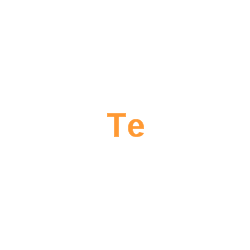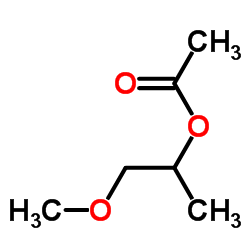| Structure | Name/CAS No. | Articles |
|---|---|---|
 |
sodiumborohydride
CAS:16940-66-2 |
|
 |
Tellurium
CAS:13494-80-9 |
|
 |
Cadmium chloride
CAS:10108-64-2 |
|
 |
1-Methoxy-2-propyl acetate
CAS:108-65-6 |
|
 |
2-Mercaptopropionic acid
CAS:79-42-5 |